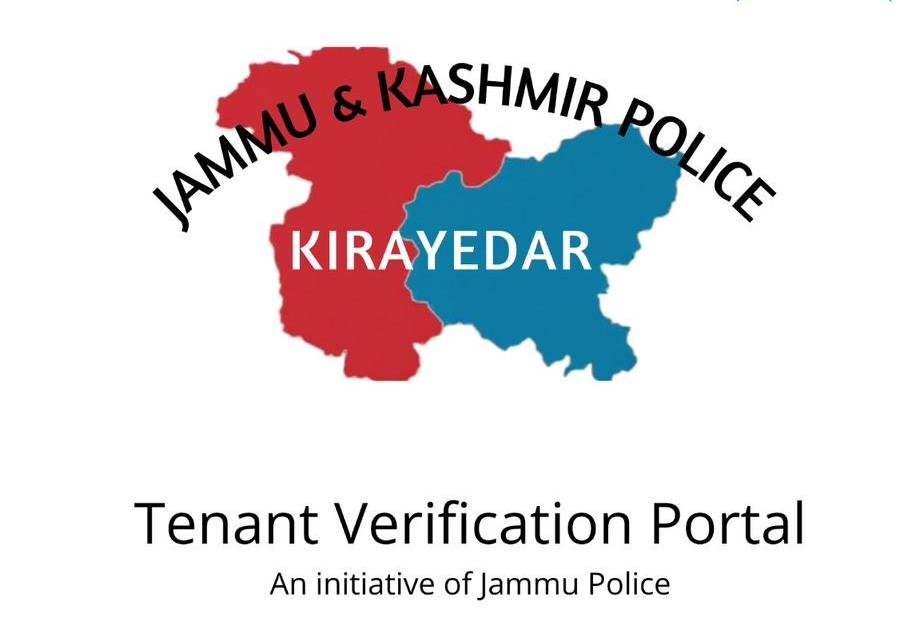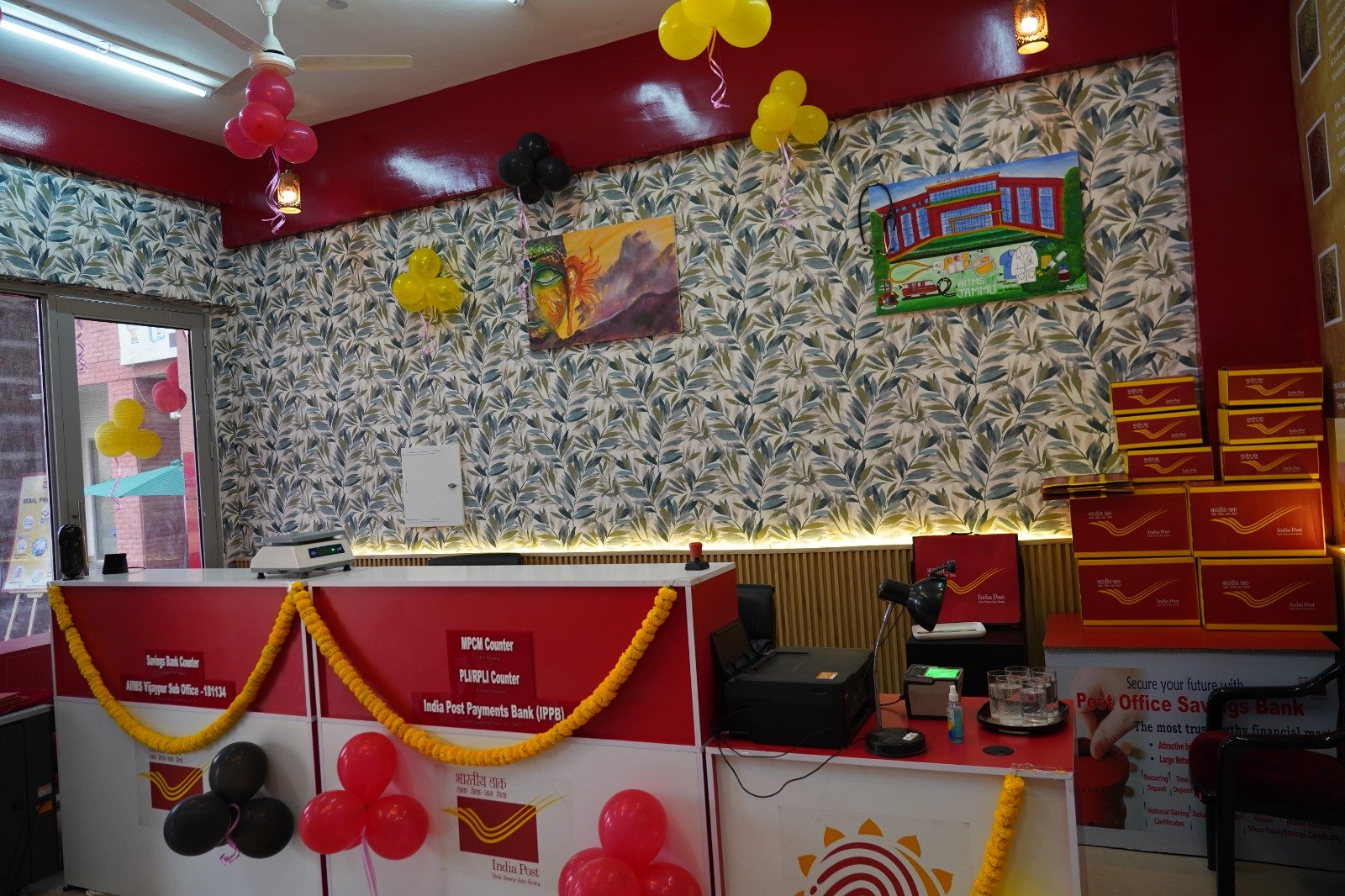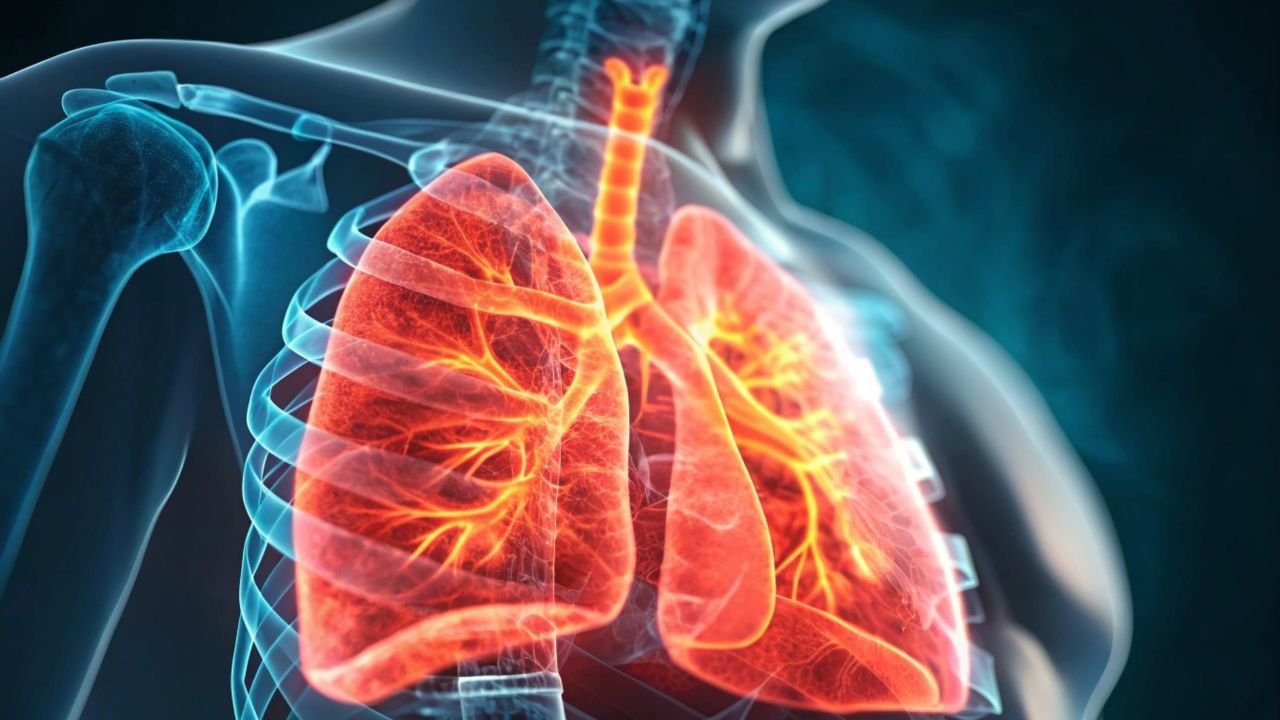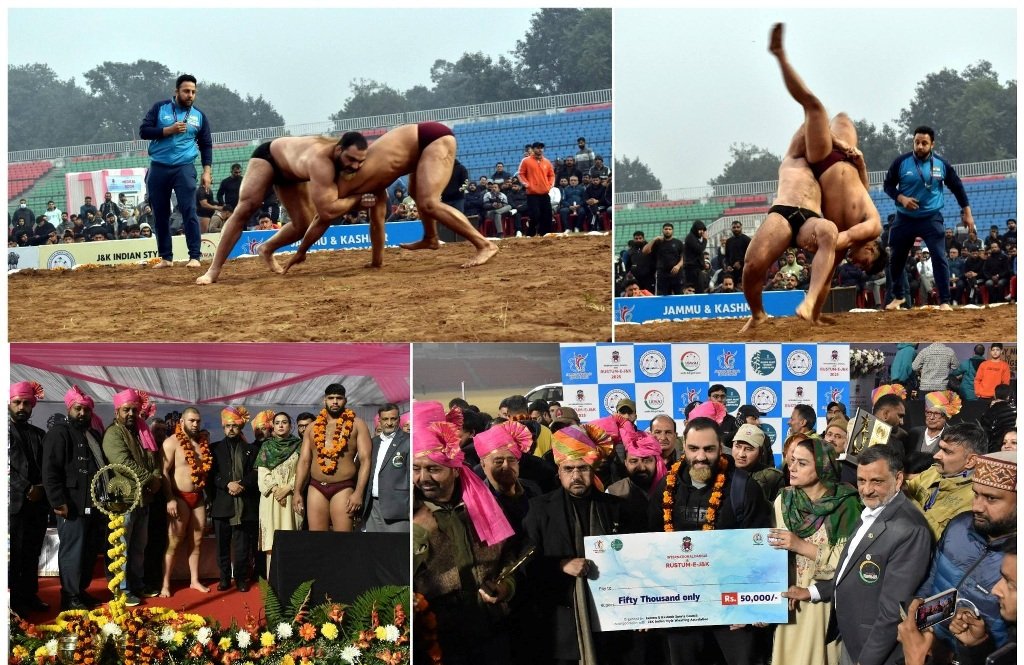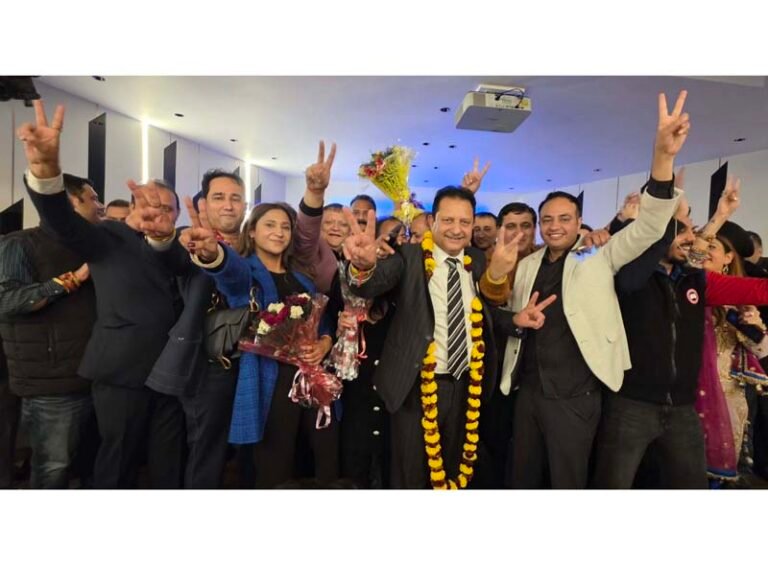The doctor-to-patient ratio in Jammu & Kashmir (J&K) currently stands at a concerning 1:1880, indicating a critical shortage of medical professionals in the region. This figure, disclosed in a written statement by the Government during a Legislative Assembly session, underscores the urgent need to bolster healthcare services across the Union Territory.
To address the healthcare staffing crisis, the Health and Medical Education (H&ME) Department is proactively referring recruitment posts to the J&K Public Service Commission (JKPSC). These include posts for Medical Officers, Assistant Professors, and other critical healthcare positions. The Government emphasized its continuous efforts in increasing the number of available doctors to meet the rising healthcare demands.
In recent appointments, 365 Medical Officers and 105 Assistant Professors were recruited to strengthen the healthcare workforce in J&K. This move is part of a broader strategy aimed at improving healthcare accessibility and ensuring that no region is left underserved.
Read also: Jammu & Kashmir Government Bans Doctors’ Private Practice During Office Hours
Role of the National Health Mission in Supplementing Medical Services
To further augment the availability of healthcare professionals, the Government is also leveraging the National Health Mission (NHM). Under this initiative, doctors and specialists are being hired on a contractual basis to deliver healthcare services across the state.
Currently, NHM supports the healthcare system with:
- 96 Specialists
- 418 Medical Officers (Allopathic)
- 874 Medical Officers (Ayush)
These professionals are actively serving in various health institutions across Jammu and Kashmir, providing essential medical care to underserved communities.
Primary Health Infrastructure: Meeting Indian Public Health Standards (IPHS)
The Government clarified that most Primary Health Centres (PHCs), New Type PHCs (NTPHCs), and Sub-Centres (SCs) in J&K are equipped in accordance with Indian Public Health Standards (IPHS). However, it noted that current IPHS guidelines do not mandate the presence of specialists at the PHC level, which limits the scope of specialized treatment in remote areas.
Health Institutions in Wagoora-Kreeri Constituency
In response to a query by MLA Irfan Hafiz Lone from the Wagoora-Kreeri Constituency, the Government listed 17 operational healthcare facilities in the region. These include:
- Community Health Centre (CHC) Kreeri
- PHC Kalantra, PHC Shrakwara
- NTPHCs: K. Muqam, Nowpora, Dudbug
- Sub-Centres (SCs): Bulgam, Authoora, Chinned, Wagoora, Shaikhpora, Sherpora, Sultanpora, Walraman, Tangwari Bala, Waripora Bala, Nilser
These facilities are integral in delivering primary healthcare services and have been instrumental in bringing essential medical services closer to the rural population.
Free Screening and Essential Medicines: Government’s Focus on Preventive Healthcare
The Government has taken proactive steps to improve equitable access to quality healthcare. It has initiated free screening for Non-Communicable Diseases (NCDs), including:
- Diabetes
- Hypertension
- Oral, Breast, and Cervical Cancers
Furthermore, to ensure continued medical support, essential medicines and diagnostic services are being provided free of cost at various healthcare facilities:
- PHCs: 175 essential drugs, 39 diagnostic tests
- SCs: 96 essential drugs, 14 diagnostic tests
This approach helps reduce the financial burden on patients and encourages early detection and treatment of chronic illnesses.
Infrastructure Upgrades and Future Plans
Addressing infrastructure development, the H&ME Department confirmed that administrative approval has been granted for the construction of additional floors (G2) at SDH/CHC Kreeri. The tendering process is currently in progress, and the project aims to enhance the patient capacity and services offered at the facility.
Read also: Doctors in J&K Must Write Prescriptions in Capital Letters
Regarding the upgradation of Sub-Centre Wagoora to NTPHC level, the Government clarified that it does not meet the criteria set under the IPHS norms. The village of Wagoora has a population of around 3,000, while the surrounding region has about 7,000 residents. However, nearby healthcare institutions such as SDH Kreeri (4.5 km), PHC Sharkwara (3.2 km), and PHC Kalantra (6 km) are already serving this population, making additional upgrades currently unfeasible.
The current doctor-patient ratio of 1:1880 in Jammu & Kashmir reveals a serious gap in medical manpower. Yet, the Government has shown commitment through strategic recruitment, NHM support, and infrastructure enhancements. While there’s still much progress to be made, ongoing efforts to expand staffing, upgrade facilities, and offer free essential health services reflect a clear direction toward a healthier future for J&K.
As the region continues to evolve, sustained investments in healthcare human resources, preventive care, and rural medical infrastructure will be key to ensuring equitable healthcare access for all residents.



